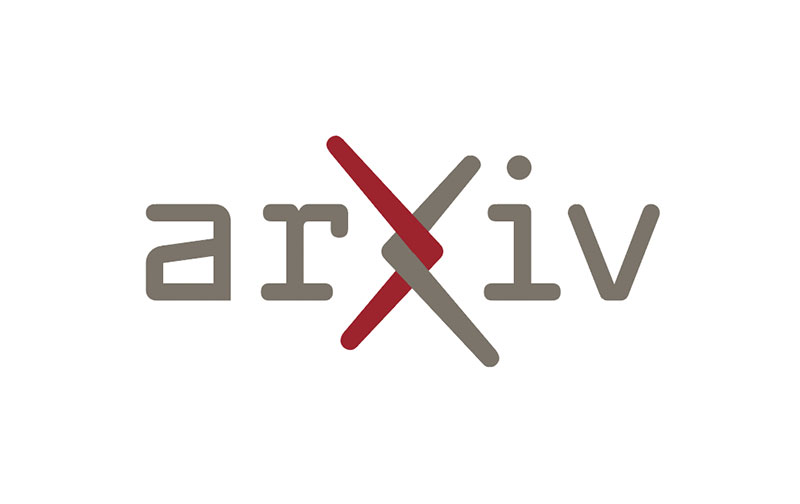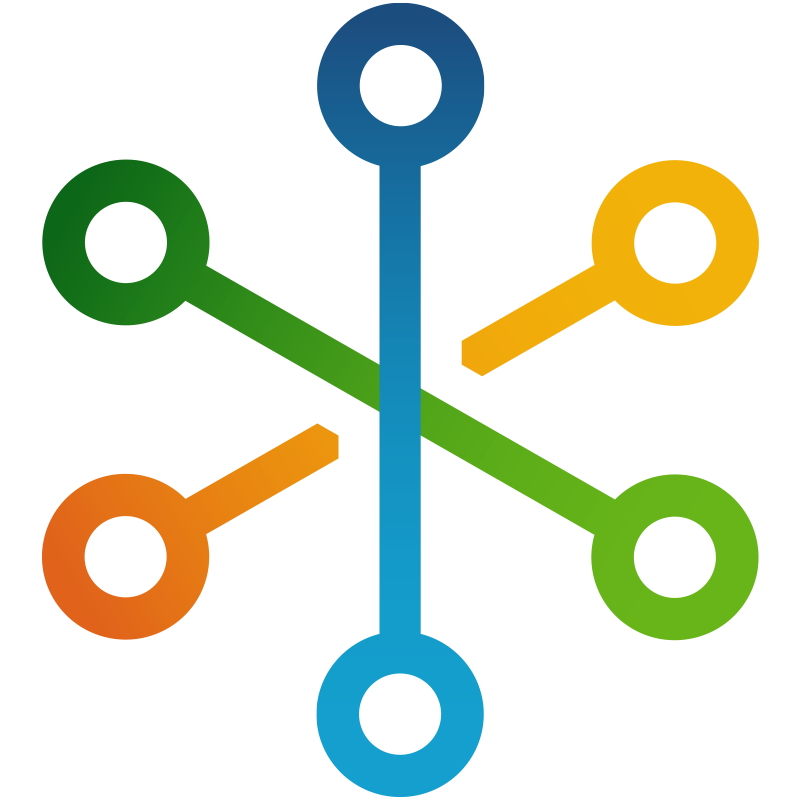Library Contacts
Jennifer Fagan-Fry jennifer.fagan-fry@noaa.gov
jennifer.fagan-fry@noaa.gov
Jen Devine jennifer.devine@noaa.gov
jennifer.devine@noaa.gov
Chris Stephensen chris.stephensen@noaa.gov
chris.stephensen@noaa.gov
Persistent Identifiers (PIDs) are globally unique, persistent, interoperable, and machine-readable/resolvable identifiers used to disambiguate entities providing a long-lasting reference to entities such as contributors, organizations, and objects. They are valuable assets in sharing information across systems for research, scholarship, and innovation; serving as a standard way to cite, reference, and track research.
PIDs can be assigned to elements throughout all parts of the research lifecycle, starting with the researcher, their award, the organization they are affiliated with, the instruments they use, all the way through to their final research outputs such as datasets and publications.

Persistent identifiers are categorized by the type of content they disambiguate. There are 3 main types of PIDs:
PIDs for Work Products
|
PIDs for Individuals
|
PIDs for Organizations
|
In addition to ORCIDs, there are a number of other alternative options for personal identifiers, however many of these do not meet requirements established by governmental mandates and policies. These include:
 arXiv
arXiv
Scopus Author IDs are automatically assigned to authors with works indexed in Elsevier’s Scopus abstract and citation database.
Scopus Author IDs can be linked with ORCID iDs.
*These identifiers do not meet the PID criteria established in the NSPM-33 memo defined by the Office of Science and Technology Policy (OSTP).
In addition to ORCIDs, there are a number of other alternative options for organizational identifiers, however many of these do not meet requirements established by governmental mandates and policies and/or may be proprietary. These include:
In addition to ORCIDs, there are a number of other alternative options for work product identifiers.These include:
Is a URL identifier for an object that uses metadata to describe it using a registered Uniformed Resource Identifier (URI) scheme.
ARKs are commonly used for the archiving of objects.
Is a unique and persistent identifier registry for the identification and management of identifiers.
Handle identifies a resource and the organization that maintains it.
 Persistent Uniform Resource Locator (PURL)
Persistent Uniform Resource Locator (PURL)
Is a URL that is a permanent web address that contains a command to redirect to the current location URL of a resource.
PURLs redirects can change over time but a PURL will remain the same.
PURLs are managed by the Internet Archive.
ARKs, DOIs, and HNDLs are all forms of PURLs
Universal Resource Name (URN), Universal Resource Link (URL), and Universal Resource Identifier (URI)
Is a persistent, location-independent identifier.
URNs map namespace into a single URN. URIs are required to be globally unique and persistent even if a resource is no longer available.
URNs are depreciated unless used as a formal namespace for a URI.
URLs are unique addresses for resources on the internet such as web pages, images, videos, files, and more.
URLs can change overtime and are not persistent.
Scientific Research PIDs are unique open identifiers for objects such as classification systems, life science, samples, species, projects, and others.
Scientific Research PIDs include:
 International Generic Sample Number Organization (IGSN)
International Generic Sample Number Organization (IGSN)
 Research Activity Identifier (RAiD)
Research Activity Identifier (RAiD)
 Resource Identification Portal (RRID)
Resource Identification Portal (RRID)
 North American Industry Classification System (NAICS)
North American Industry Classification System (NAICS)
Library Centric PIDs are unique open identifiers for library-specific uses such as books, organization names, and series naming.
Library Centric PIDs include:
 International Standard Book Number (ISBN)
International Standard Book Number (ISBN)
 Faceted Application of Subject Terminology (FAST)
Faceted Application of Subject Terminology (FAST)
FAST (Faceted Application of Subject Terminology) is derived from the Library of Congress Subject Headings (LCSH), and is one of the library domains most widely used subject terminology schemas.
FAST was developed in large part to meet the need for a general-use subject terminology scheme. The individual terms in the FAST vocabulary are divided into 9 categories/facets.
Personal names
Corporate names
Meeting names
Geographic names
Events
Titles
Time periods
Topics
Form/Genre
FAST has evolved into a multi-faceted vocabulary with a universe of approximately 1.7 million headings across all facets. The facets are designed to be used together, but each may also be used independently.
Related services and systems are a key part for PIDs. The integration of PIDs in services and systems helps provide an exchange of information between services and systems and helps store information to reduce the administrative burden of re-entering the same information manually between multiple services and systems. The services and systems can include laboratory information management systems, repositories, research management systems, finance systems, human resources, and many others.
Related services and systems include:
 Dimensions
Dimensions
Is an open access data repository. Researchers can preserve their research outputs, such as datasets, images, and videos for access and discoverability.
Figshare allows researchers to upload any file format and assigns a digital object identifier (DOI) for citations.
 INSPIRE
INSPIRE
Is an open research data repository, where researchers can store and share their data.
Datasets uploaded to Mendeley Data go into a moderation process where they are reviewed. This ensures the content constitutes research data, is scientific, and does not contain a previously published research article.
Is a free, open-source research management and collaboration tool designed to help researchers document their project's lifecycle and archive materials.
Each user, project, component, and file is given a unique, persistent uniform resource locator (URL) to enable sharing and promote attribution.
Projects can also be assigned digital object identifiers (DOIs) if they are made publicly available.
 Zenodo
Zenodo
